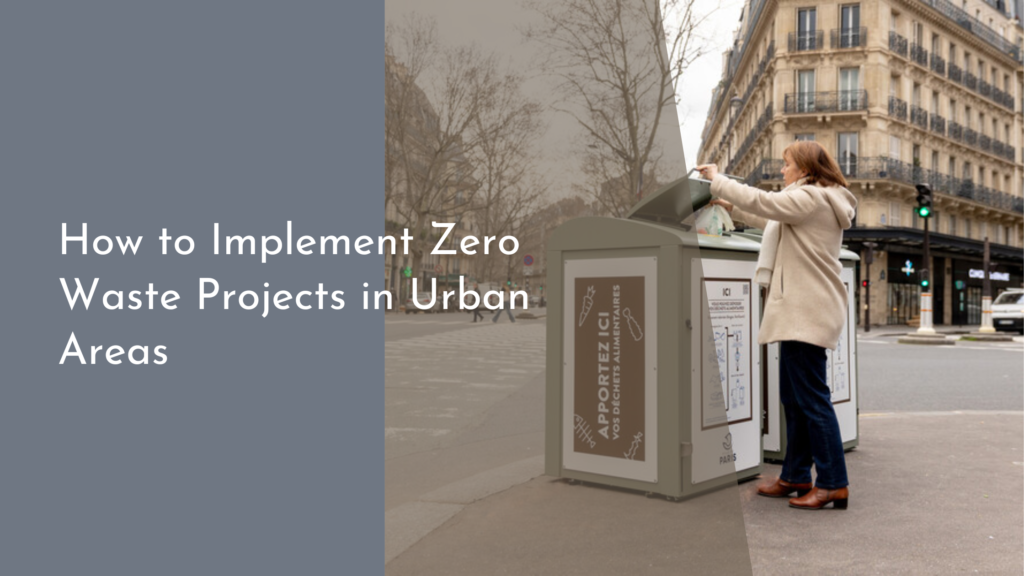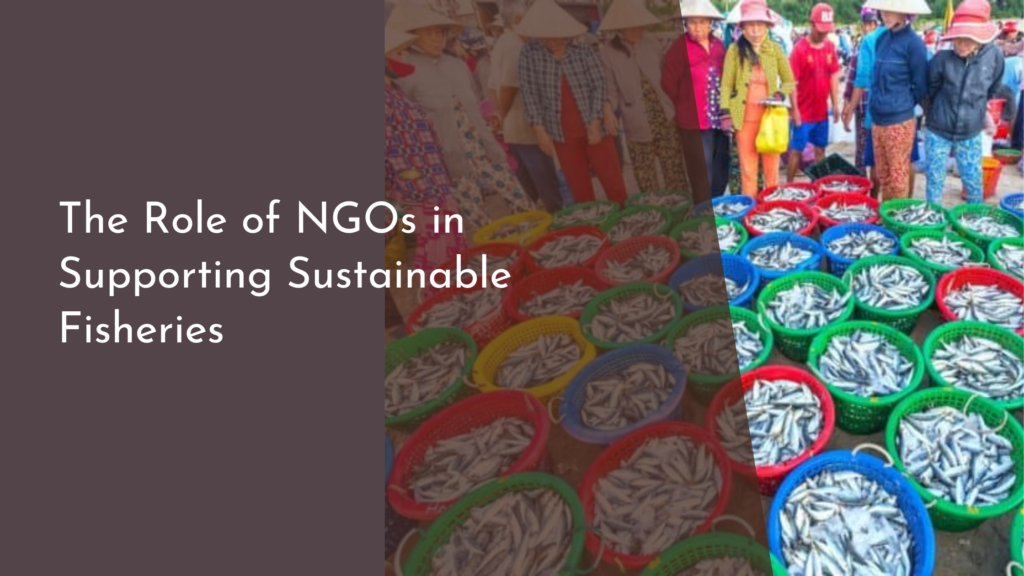Biodegradable Packaging: What You Need to Know
In recent years, the demand for sustainable solutions has surged, and at the forefront of this green revolution is biodegradable packaging. Consumers and businesses alike are increasingly turning to eco-friendly alternatives to traditional plastic packaging. Understanding the basics, benefits, challenges, and future trends of biodegradable packaging is essential for anyone interested in contributing to a more sustainable planet. This article explores these aspects, shedding light on why biodegradable packaging is more than just a passing trend.
Understanding Biodegradable Packaging Basics
Biodegradable packaging refers to materials that can decompose naturally and safely in the environment without leaving harmful residues. Unlike conventional plastics, which can take hundreds of years to break down, biodegradable materials are designed to disintegrate within months or a few years, depending on the conditions. These materials are often derived from renewable sources such as corn starch, sugarcane, and vegetable fats and oils, making them a favorable choice for environmentally-conscious consumers and businesses.
There are two main types of biodegradable packaging: bioplastics and plant-based materials. Bioplastics are made from natural polymers, which can be broken down by microorganisms. On the other hand, plant-based materials are generally crafted from agricultural by-products or natural fibers like bamboo, hemp, or jute. Understanding these categories is crucial for making informed decisions about which type of biodegradable packaging best suits your needs, whether you’re an individual looking to reduce your carbon footprint or a business aiming to enhance its sustainability credentials.
Benefits of Switching to Eco-Friendly Materials
Opting for biodegradable packaging has numerous environmental benefits. Firstly, it significantly reduces the amount of waste that ends up in landfills and oceans, contributing to a cleaner and healthier planet. Traditional plastic packaging is notorious for taking centuries to decompose, whereas biodegradable options break down much faster. This decrease in waste accumulation subsequently reduces soil and water pollution, and the overall carbon footprint of packaging materials is minimized.
Beyond environmental advantages, biodegradable packaging can also offer economic and social benefits. For businesses, using eco-friendly packaging can enhance brand reputation and attract eco-conscious consumers who are increasingly making purchasing decisions based on environmental impact. By aligning with sustainable practices, companies can differentiate themselves in a competitive market and foster customer loyalty. Additionally, adopting biodegradable materials supports the circular economy, promoting sustainable production and consumption patterns that benefit society as a whole.
Challenges Facing Biodegradable Packaging Today
Despite its numerous benefits, biodegradable packaging faces several challenges that need addressing. One of the primary hurdles is the need for appropriate industrial composting facilities, as many biodegradable materials require specific conditions to decompose effectively. Without access to these facilities, biodegradable packaging may not break down as intended, leading to similar environmental issues as traditional plastics. Moreover, consumers may lack the necessary knowledge or infrastructure to dispose of biodegradable packaging correctly.
Another significant challenge is the cost and scalability of producing biodegradable materials. While demand is growing, the price of eco-friendly materials is often higher than that of traditional plastics. This cost disparity can be a barrier for smaller businesses or those with tight budgets. Additionally, there is a need for more research and development to improve the performance and durability of biodegradable packaging, ensuring it meets the same standards as conventional materials in terms of safety, protection, and shelf life.
Future Trends in Sustainable Packaging Solutions
The future of biodegradable packaging looks promising, with continuous innovations striving to overcome current challenges. One of the most exciting trends is the development of advanced bioplastics that boast improved durability and versatility. These materials are engineered to withstand a variety of conditions while maintaining their eco-friendly properties. As technology and production methods advance, the cost of biodegradable materials is expected to decrease, making them more accessible to a broader range of businesses and consumers.
Another future trend is the emphasis on holistic sustainability practices, where packaging is part of a larger ecosystem of green initiatives. This includes integrating biodegradable packaging with reduced resource consumption, waste management strategies, and renewable energy use. Additionally, increased collaboration between governments, industries, and consumers will be essential in driving the adoption of sustainable packaging solutions. As awareness and demand for eco-friendly options grow, the packaging industry is expected to play a significant role in shaping a sustainable future.
As we move towards a more environmentally-conscious world, biodegradable packaging stands out as a key player in reducing our ecological footprint. While challenges remain, the benefits of switching to biodegradable materials are undeniable, offering both environmental and economic advantages. By staying informed about the basics, benefits, challenges, and future trends, individuals and businesses can make better choices that contribute to a sustainable future. With continued innovation and collaboration, biodegradable packaging has the potential to lead the way in transforming how we package and consume products.


